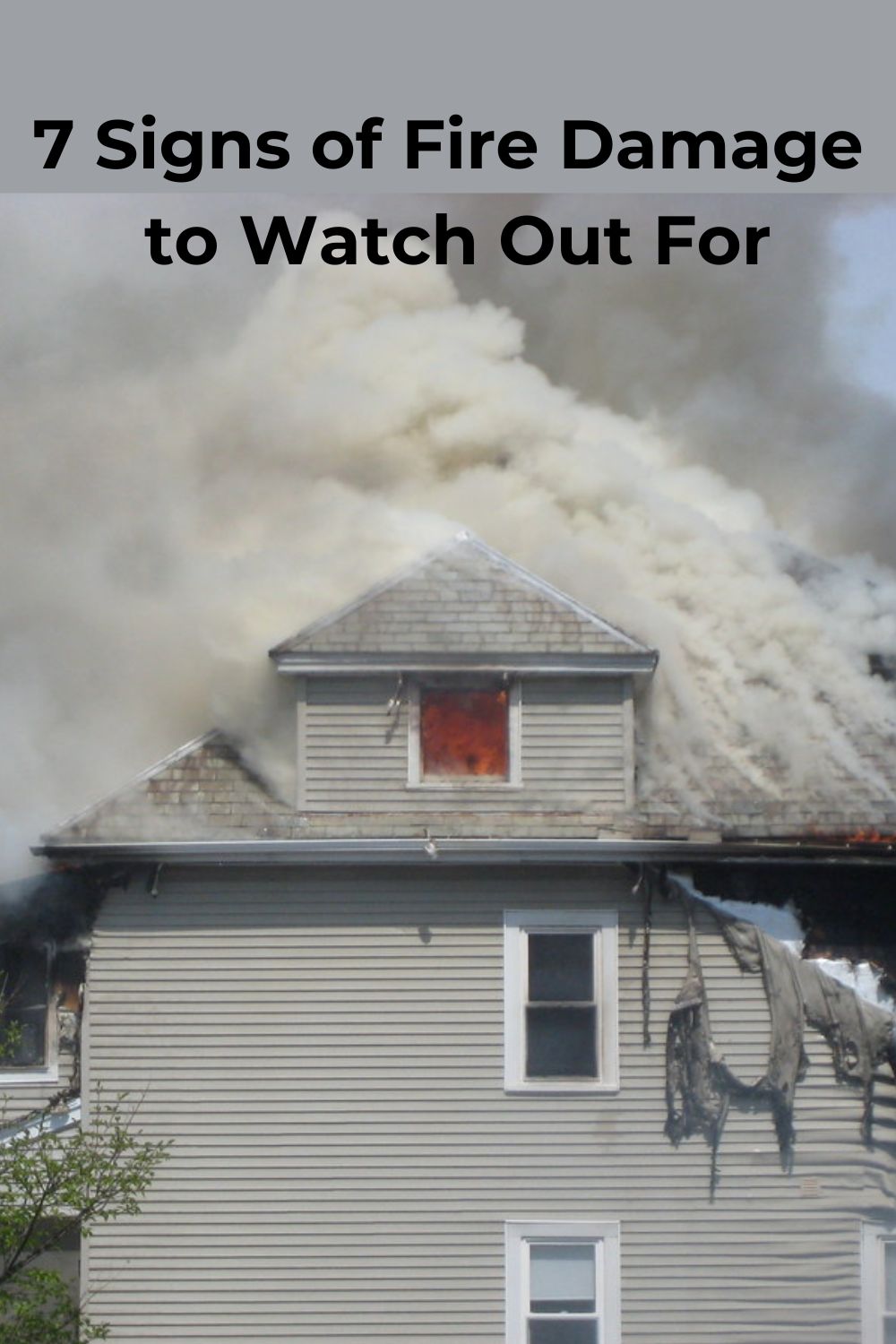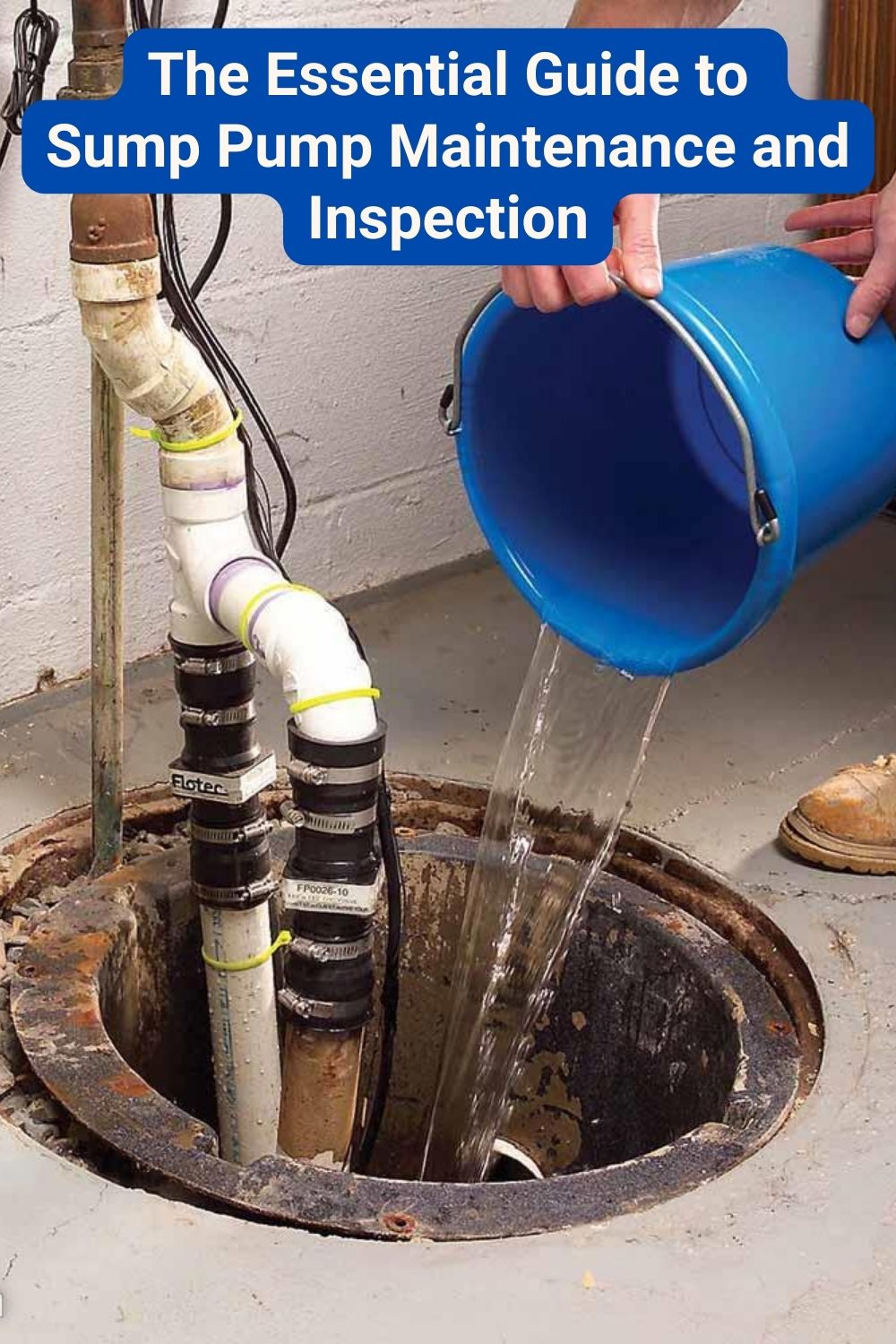It doesn’t matter how big or small your house fire was; there’s a chance you’re dealing with some significant fire damage. And while some fire damage is obvious, other types might hide in plain sight. Here are seven things to watch for if you’re worried about fire damage in your building.
1. Structural Problems
This issue is more common and apparent with large fires. However, nothing stops even the most minor fire from wreaking havoc on a building’s structure. Look around where the fire occurred and see if you notice anything that looks misshapen or saggy. Misshapen structures often indicate that the fire caused more profound damage.
2. Smoke Damage
Smoke can be just as problematic as fire. Even if it doesn’t seem as destructive, smoke leaves a mark on a home that can be hard to eliminate unless you use professional fire restoration services.
But smoke is unlike fire in that it doesn’t outright destroy. Instead, it embeds itself into materials, and the chemicals from the smoke render many of your belongings unusable. Some common examples of items that often incur smoke damage include fabric furniture, clothing, curtains, and food.
3. Water Line Issues
This sign often gets overlooked because most people don’t think water issues are related to fire damage. But fires often weaken water pipes and can cause them to leak or burst.
Start by checking around for any puddles. Stay alert as you look, and avoid stepping in the puddles, especially if you need to turn off the fuse box. Even smaller puddles could indicate the fire damaged one or more of your pipes.
4. Smoky Odors
This damage isn’t nearly as immediately problematic as others on this list, but it’s still frustrating. A strong odor is different from smoke damage, as this can remain even after you’ve thrown away anything that has smoke damage.
You might notice the strong odor living on your walls after the fire. Professional fire remediation can help mitigate these odors so you can live more comfortably without the constant reminder of the fire every time you inhale.
5. Gas Leaks
Even after the fire is out, there’s still a risk of a gas leak, especially if the fire is big enough that a firefighter has to break down walls or windows to enter parts of the home.
If you ever suspect a gas leak, leave the building immediately and call 911. A gas leak after a fire can trigger a dangerous explosion. Refer to this guide for more information about handling potential gas leaks in your home after a fire.
6. Electrical Damage
Electrical damage is another common damage type that you might not immediately notice. Fires can sneakily tear through your electrical system, melting power components and creating more problems for you—the worst could be a second fire.
Safely check on your electrical once you have the go-ahead. If you aren’t sure whether it’s safe to do so, call a fire remediation team or work with an electrician and inspector to understand the extent of the damage.
7. Mold Exposure
Fire doesn’t necessarily directly cause mold. However, mold growth is often associated with fire damage since it’s common for water damage to happen after fires. And because fire can easily rip through homes, it could also expose mold growth hiding behind the walls that, when inhaled, can cause respiratory issues.
Mold can quickly spiral out of control and be challenging to eliminate alone. It’s best to contact remediation specialists after the fire to see if you have a mold problem. This example is another reason you want to handle water damage immediately after a fire — failing to do so can create a cycle of other issues.
Fight Fire Damage the Right Way
When you know where to look, handling fire damage becomes much easier. A professional restoration process is another great way to get your home or business back in working order. Fire remediation experts know what to look for and how to handle it. Do your best to be vigilant and get things fixed so you can start living your life again.





Leave a Reply